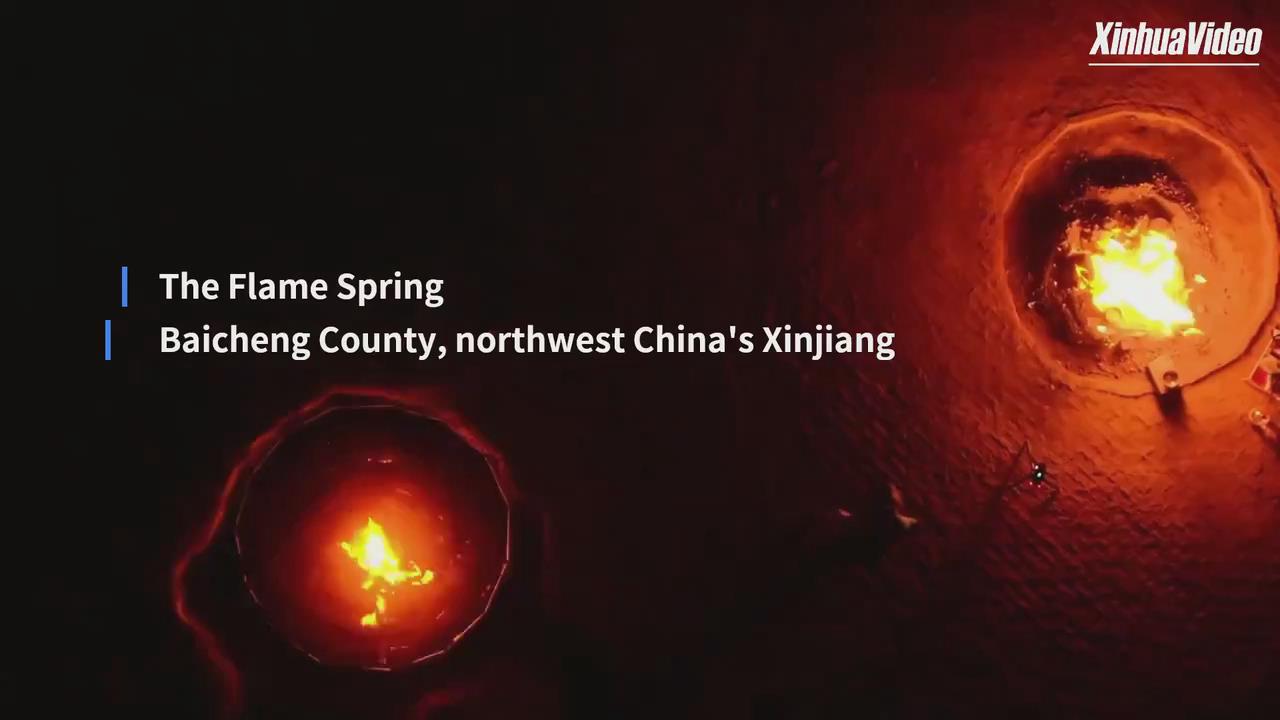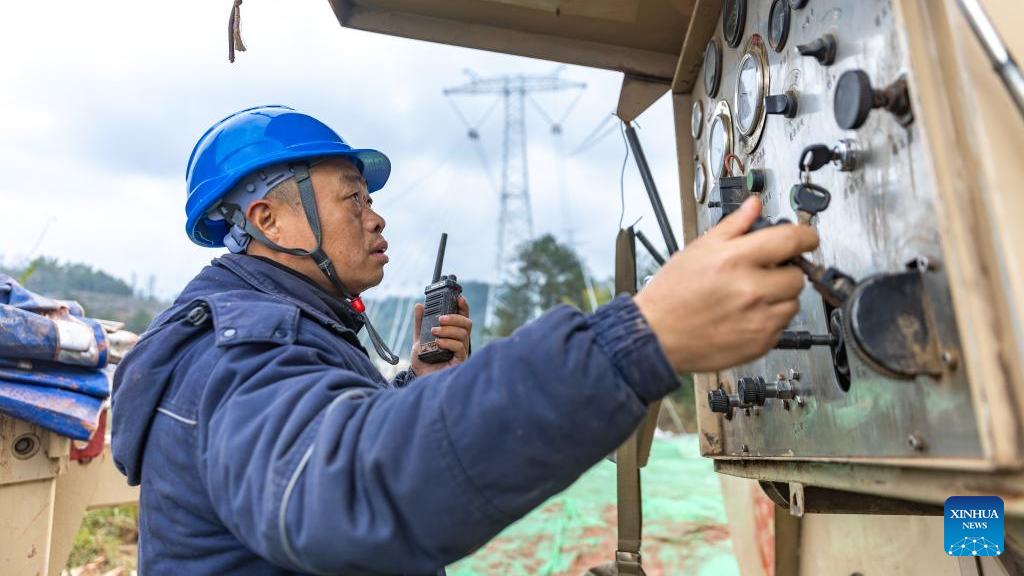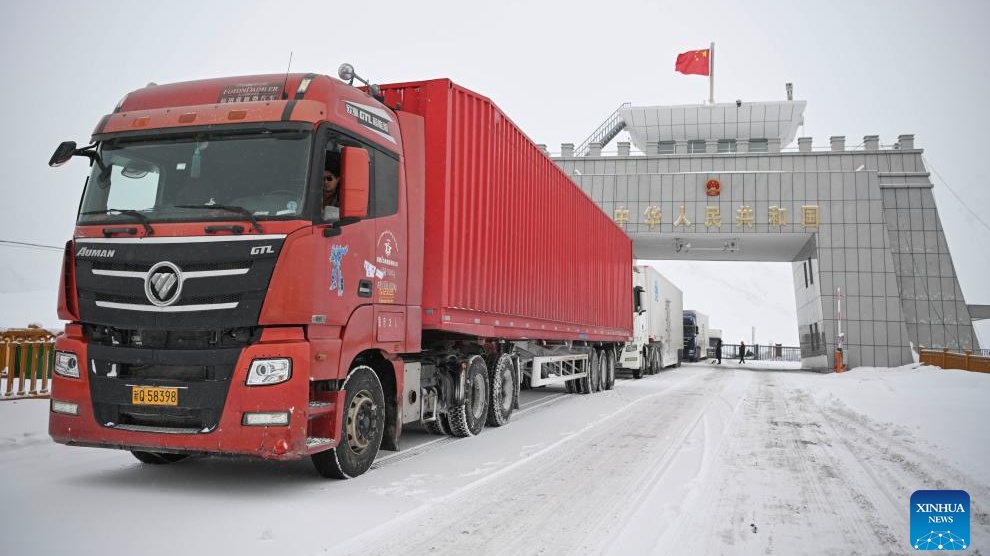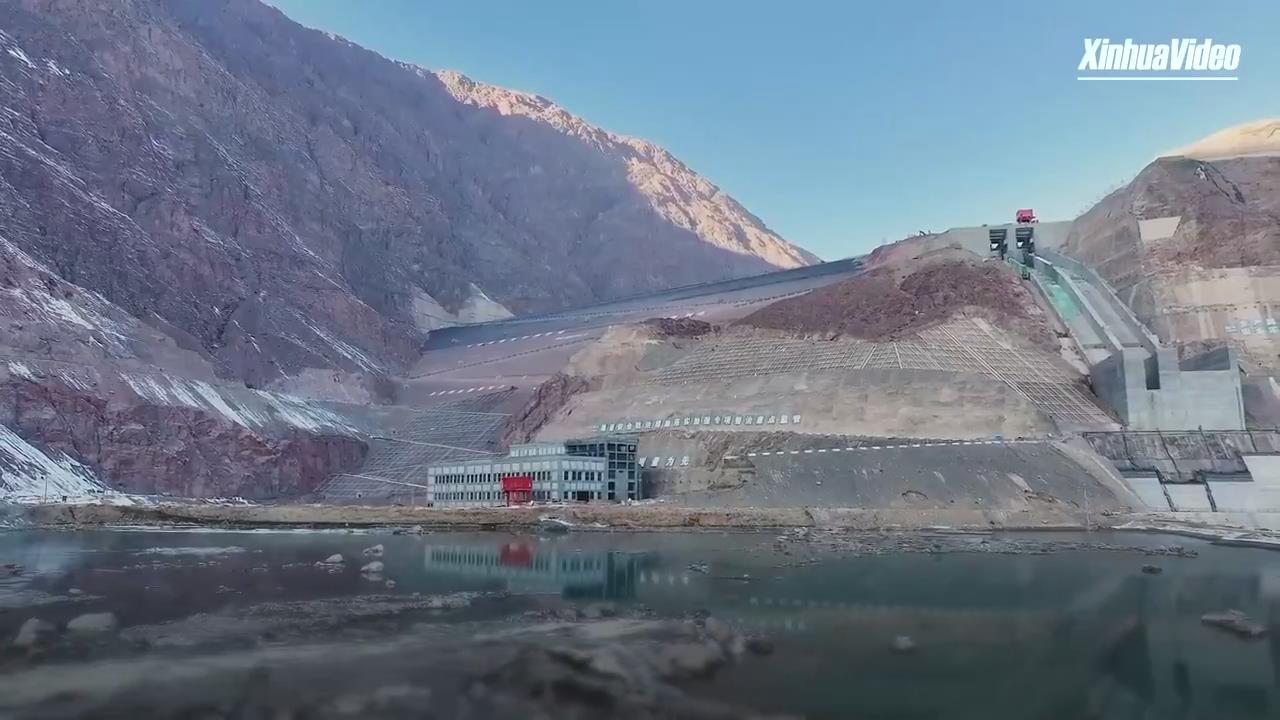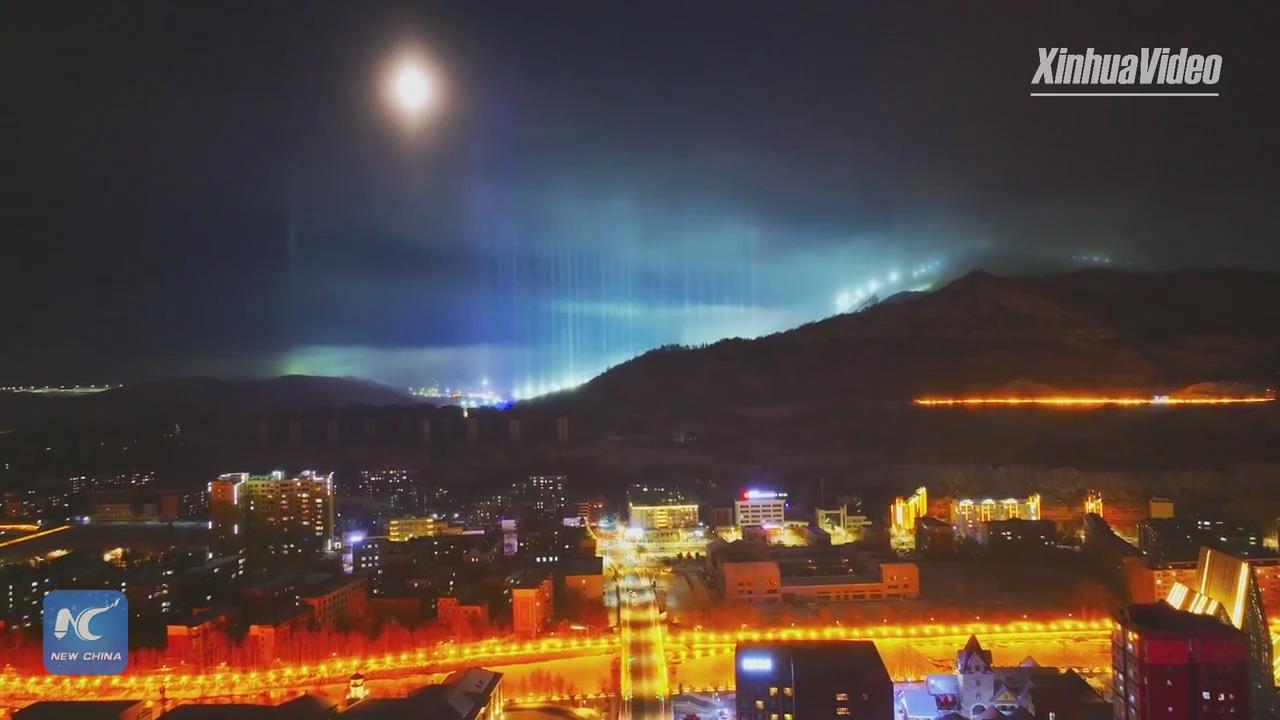A research institute of State Grid Xinjiang Electric Power has been constructing a renewable and complementary energy supply system in its office park since 2010.
The system is designed to meet the various needs of energy usage and create an energy-efficient, low-carbon and green park.
Of the system, the ground-source heat pump central air conditioning is an important component. This type of air conditioning can achieve energy transfer and cross-seasonal storage with minimal electricity.
In winter, the heat pump extracts shallow geothermal energy to provide heating for the interior of office buildings. In summer, it releases the indoor heat into the underground soil for cooling.
"Today, the outdoor temperature in Urumqi, capital of Northwest China's Xinjiang Uygur autonomous region, is 32 C, but with the help of the ground-source heat pump central air conditioning, the indoor temperature in our office building is maintained at 26 C," said Li Ji, a specialist in peak carbon, neutrality and energy storage technology at the research institute.
Moreover, the pollutant emissions from ground-source heat pumps can be reduced by more than 40 percent compared to air-source heat pumps.
In 2013, the research institute installed three small wind turbines in the office park, one of which has a power generation of 10 kilowatts and the rest having 5 kW each. It also installed 162 photovoltaic panels on the roof of the office buildings, each with a power output of 10 kW.
These can generate approximately 200 kilowatt-hours of green electricity per hour, allowing the office park to achieve self-sufficiency in electricity consumption.
Additionally, the park boasts a photovoltaic charging shed, which was completed and put into use in 2023.
The shed's roof is equipped with photovoltaic panels with a capacity of 120 kW. Next to the shed, there is a mobile energy storage device with a vehicle-to-grid interactive charging pile for new energy vehicles.
"This energy storage device is easy to move and can play a positive role in emergency rescue work," Li said.
"Compared to traditional emergency rescue vehicles, the mobile energy storage device has advantages such as a self-charging function and multi-scenario access, and can quickly supply power to rescue equipment in extreme weather and special environments," he noted.
To realize the complementary use of various energy sources, the electric power research institute has introduced such equipment as electric boilers, high-efficiency absorption heat pumps and alkaline electrolysis water hydrogen production tanks.
Currently, related equipment and technologies of the research institute's renewable and complementary energy supply system have been promoted and applied in the Urumqi Ganquanpu Economic Development Zone (Industry Zone).
The office park, serving as a carrier for scientific research and education, will also be opened to primary and middle school students.
It plans to promote knowledge of electric power and display relevant technologies, as well as boosting energy conservation and carbon reduction concepts on a larger scale, according to the research institute.
Ding Wenjing and Li Ji contributed to this story.





.png)

